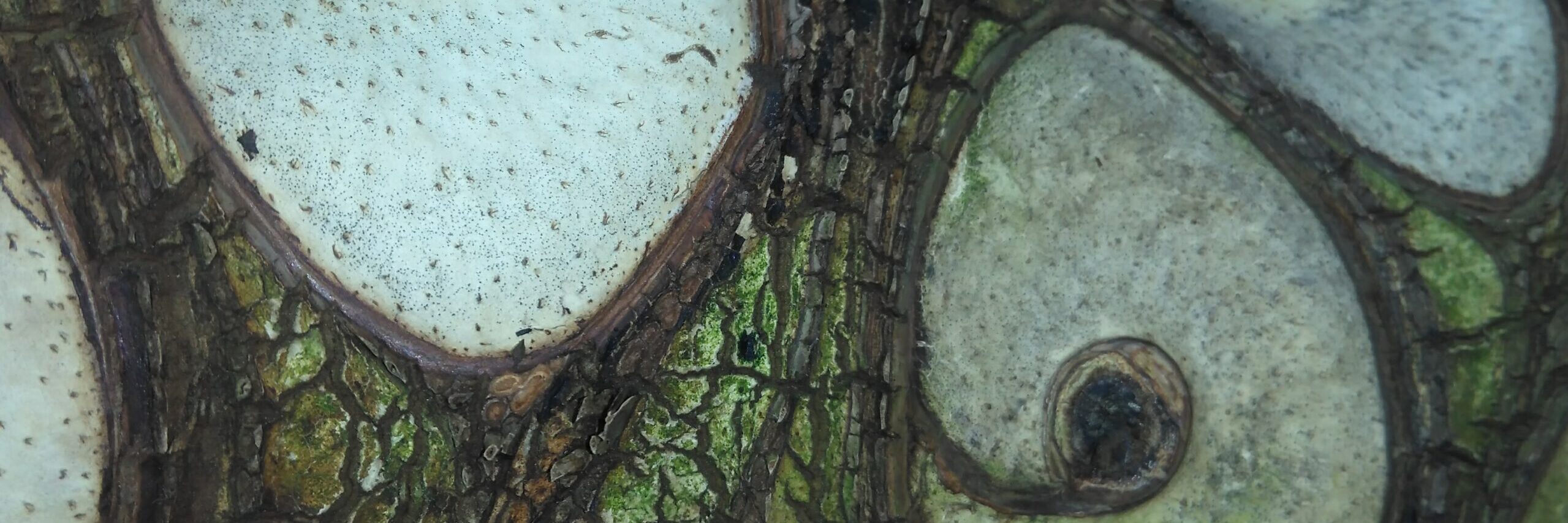It’s been a while since writing. Something yesterday sparked my interest. (There has been other sparks such as a local sparrowhawk and other garden bird activity)
I took the kids to a park we all like. (For those of you who read this from overseas, and I note there are some from my statistics. A park in this instance is a piece of ground which has man-made equipment including outdoor gym, tennis court and two basketball courts). My eldest noticed wasps as we began to play basketball, around the hoop and in the air which unnerved him, I think. I brushed it off as just a couple of wasps.
I took a seat to watch them play and as I did I noticed a small wasp which I recognised as a similar one I’ve seen at the school where I worked. There were a few holes in the ground which reinforced to me that these were digger wasps (Sphecidae). A couple of the more common Vespidae were evident as well.
Looking at the amount of holes in the ground, which I wasn’t going to count, I deduced there must have been thousands of them! Interestingly though they were not so visible topside. The wasps mainly flew close to the ground.
What we saw next is something I’ve not seen. A larger wasp flew into view or so we thought! Something seemed a little odd about it. It was two completely different colours. The below colour all a soft grey brown and the above the black and yellow. A closer look caused a ghasp! No wonder the wasp looked fat and weighed down it was carrying something.
My youngest thought it was mating but I wasn’t sure about that. I’d seen pictures of grubs but wasn’t convinced it was a larvae, it was too furry! Watching them hanging in the air low down near your feet was like watching a sci-fi movie in miniature! Then it disappeared down a hole so I waited but didn’t see anything come out.
In total I saw about five of these weighed down wasps. The extent of the hole coverage was immense considering the size of an individual species. A rough estimate of hole coverage was about five tennis courts!
When I got home I immediately looked up this wonder in my Collins Guide of Insects and there at the bottom of the page on digger wasps was a picture of what we saw. A bee-killer wasp (Philanthus triangulum). Further investigation on the Information sheet on the bee killer wasp states they live in wasp cities. They also are known as beewolf!

